Ecuador: Galapagos (Part 3: Day 5-8)
Buga: 11.08.2018
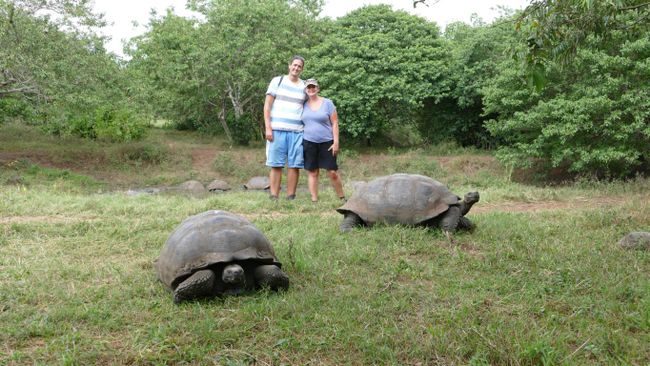
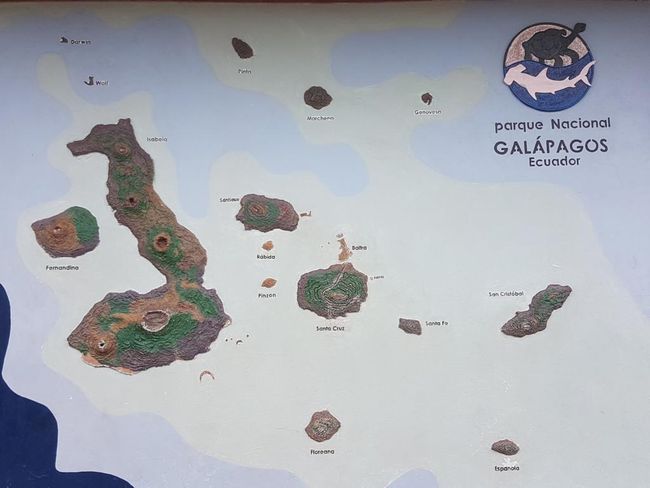
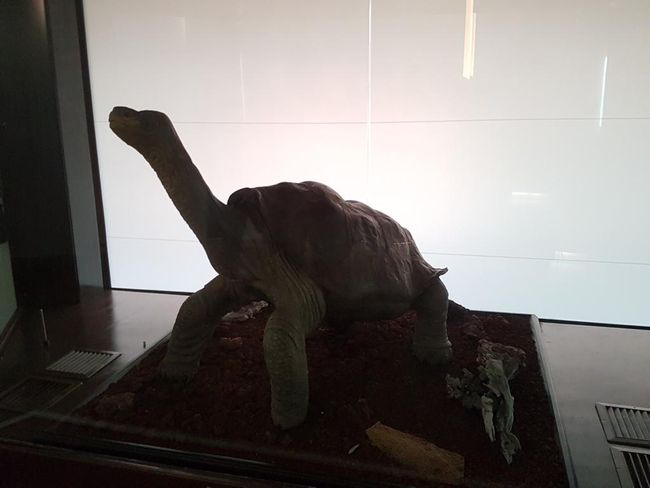
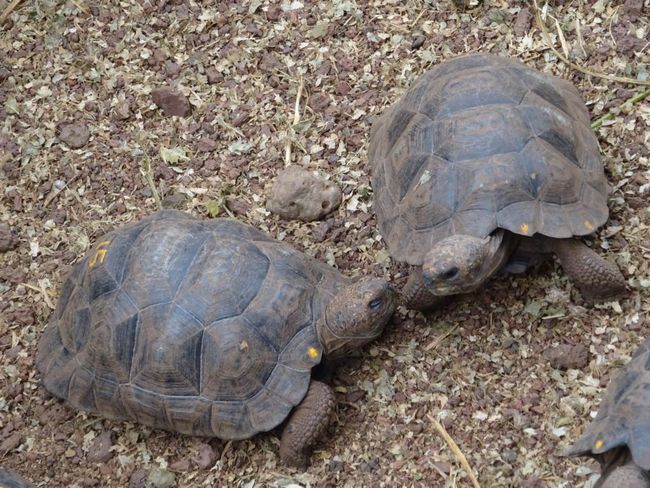
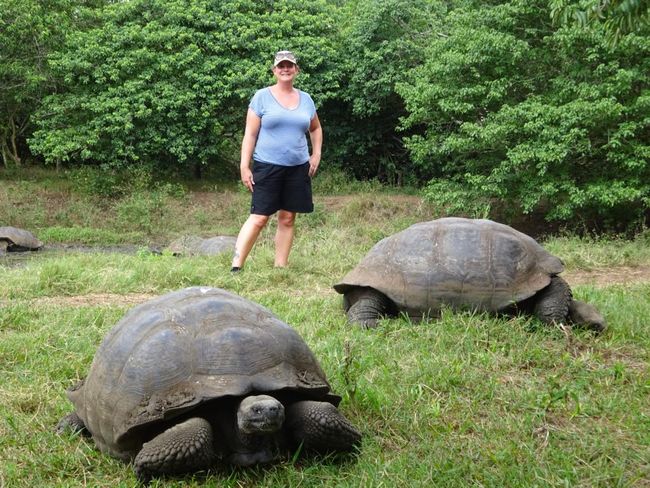
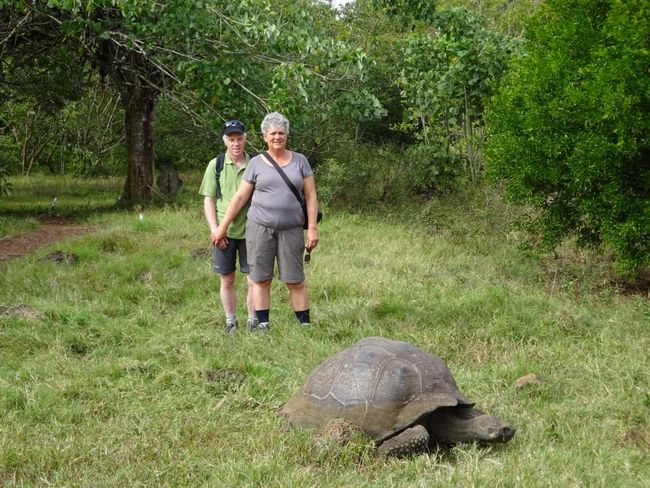
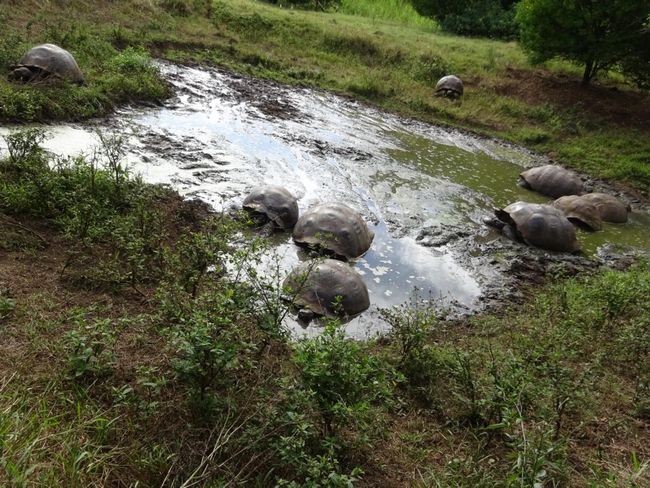
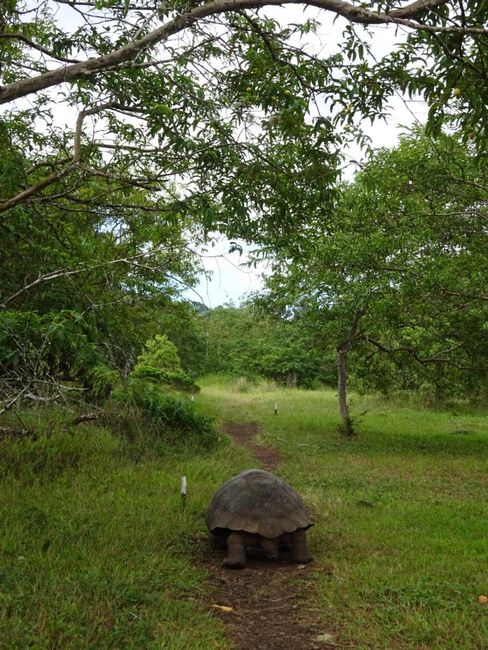
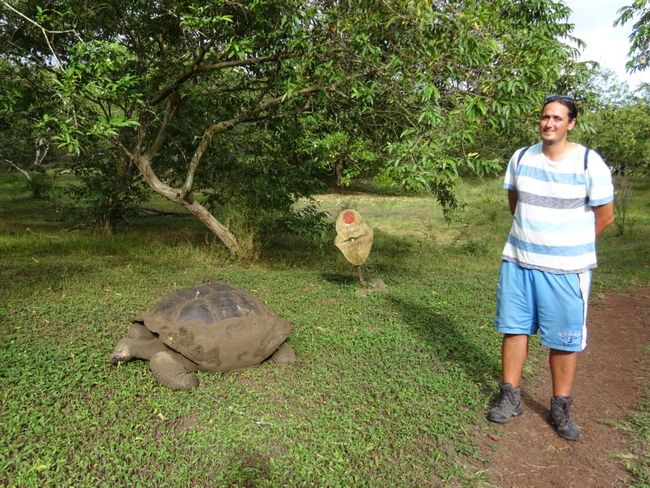
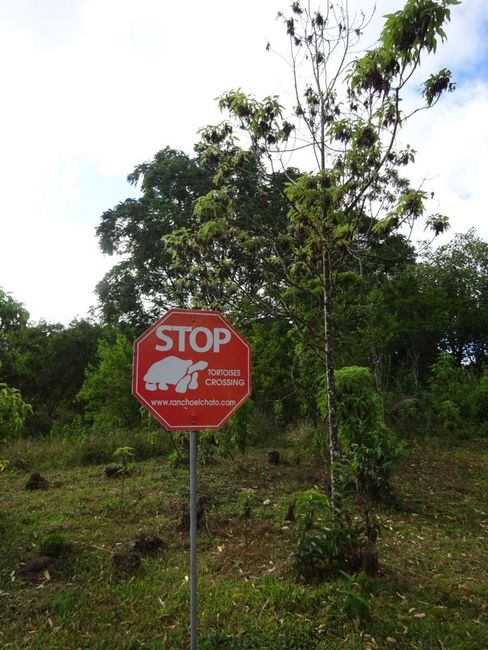
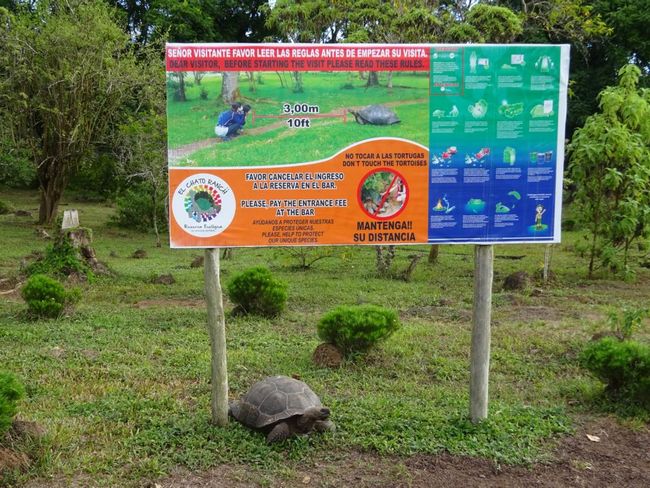
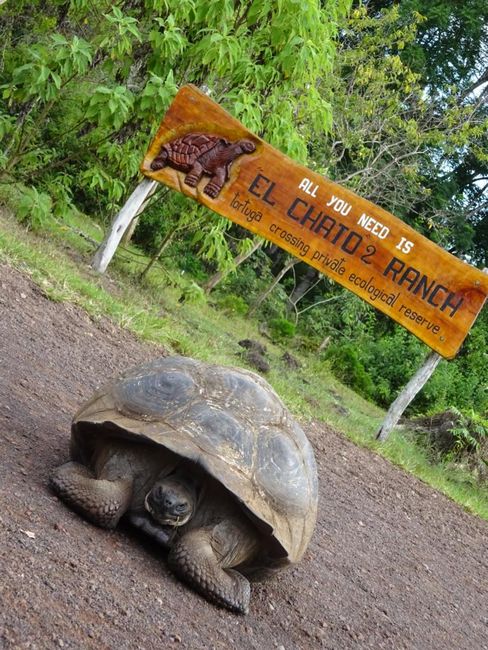
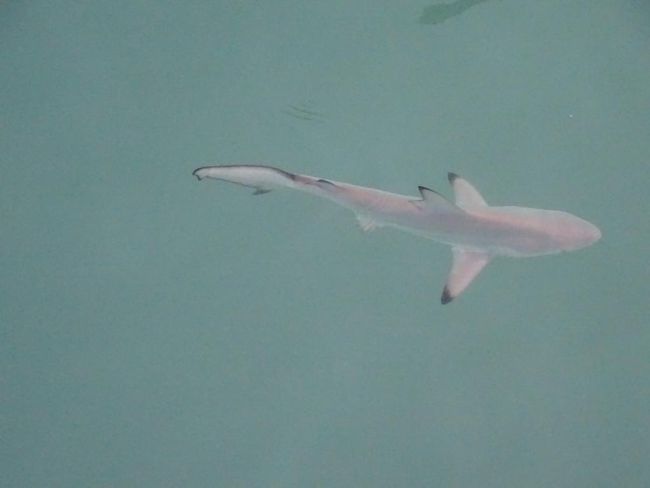
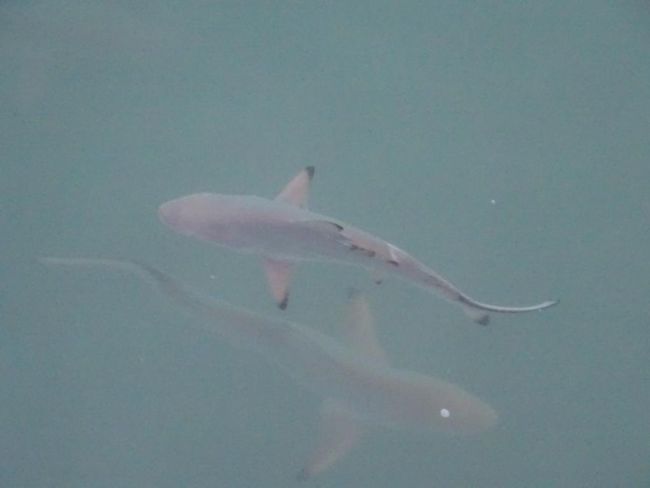
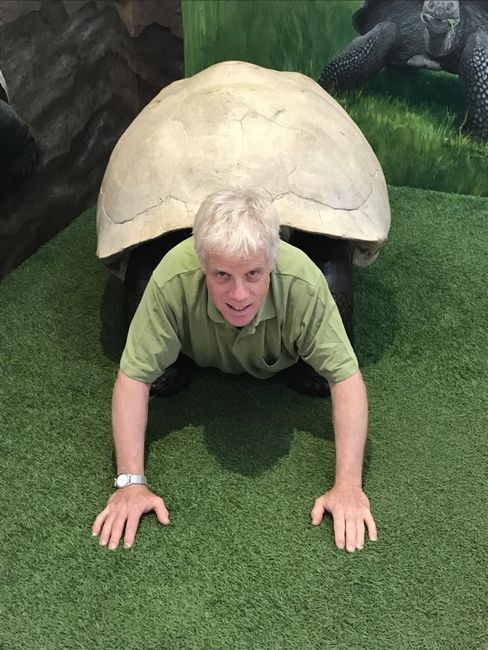
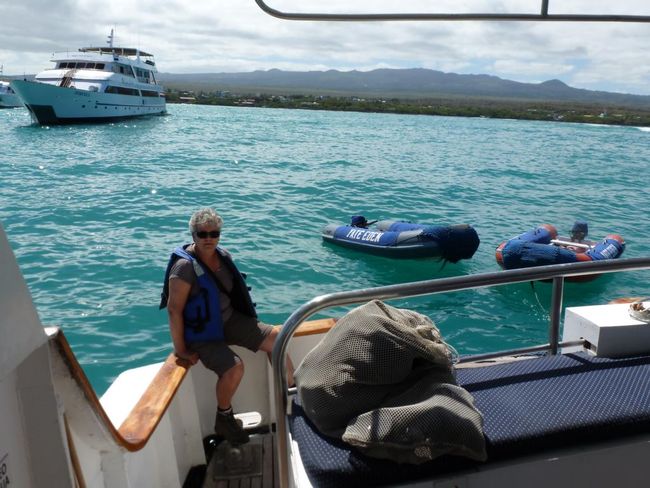
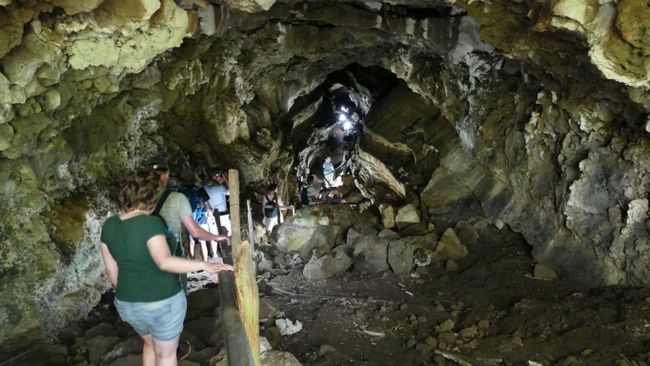
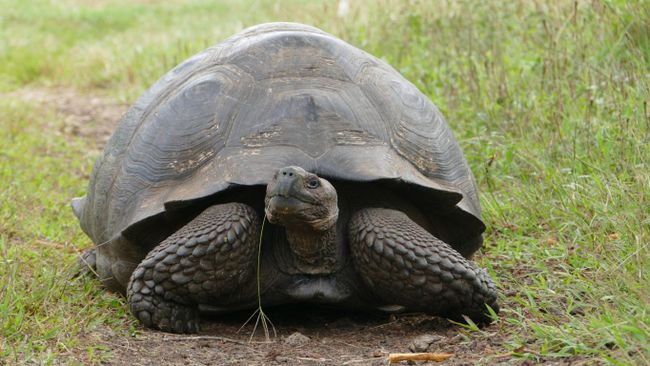
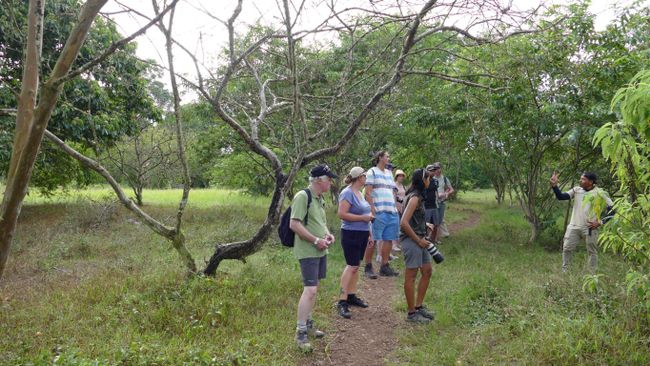
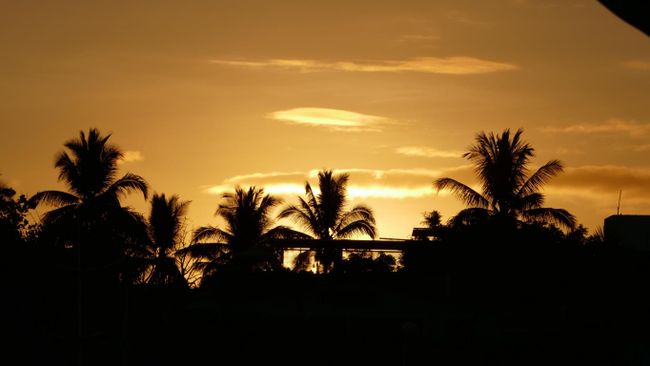
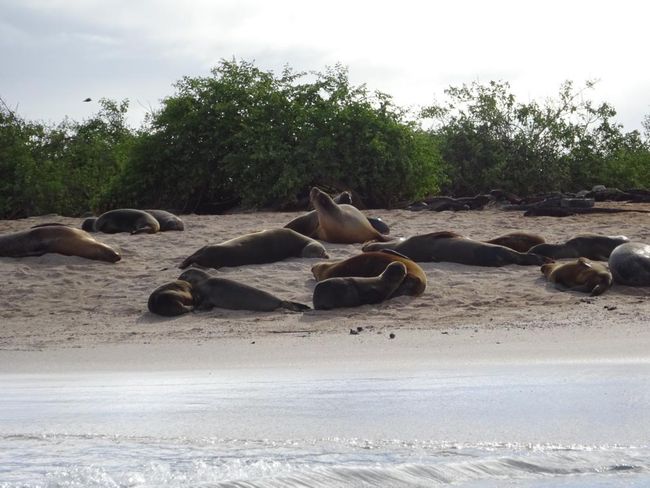
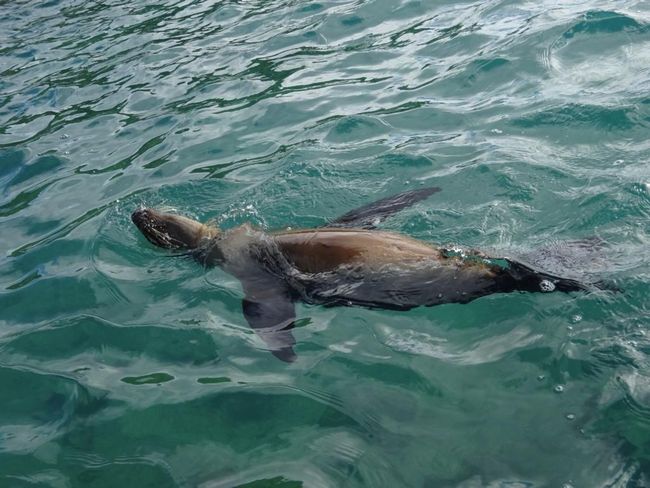
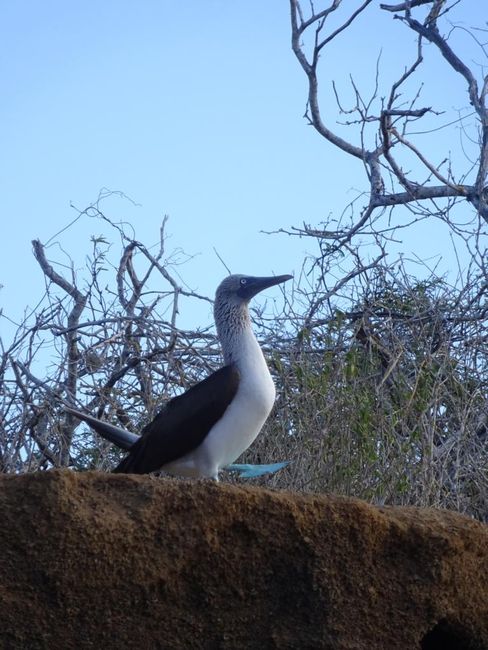
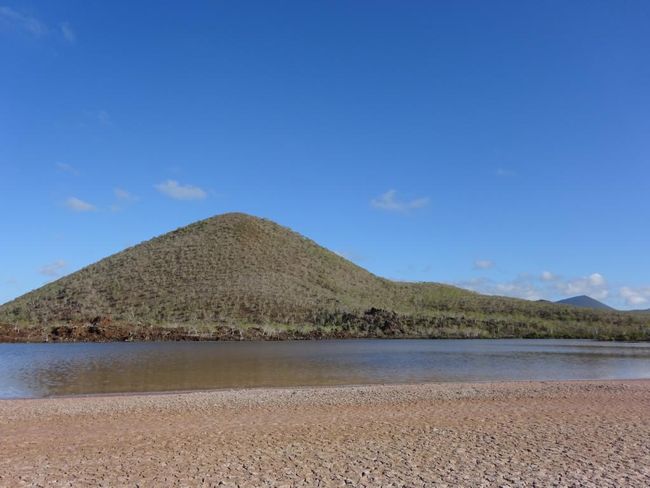
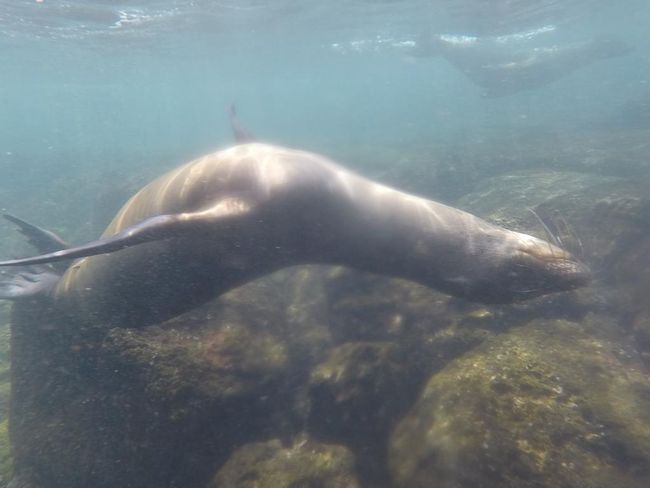
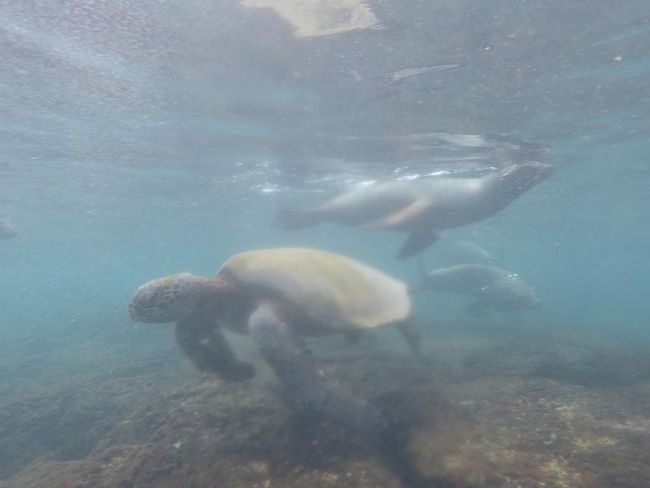
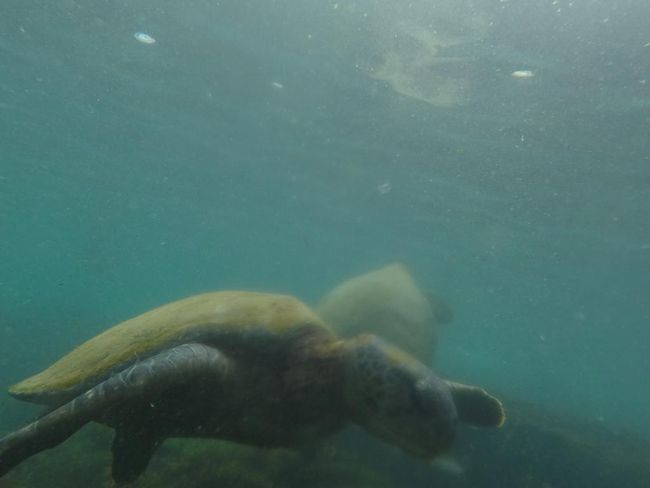
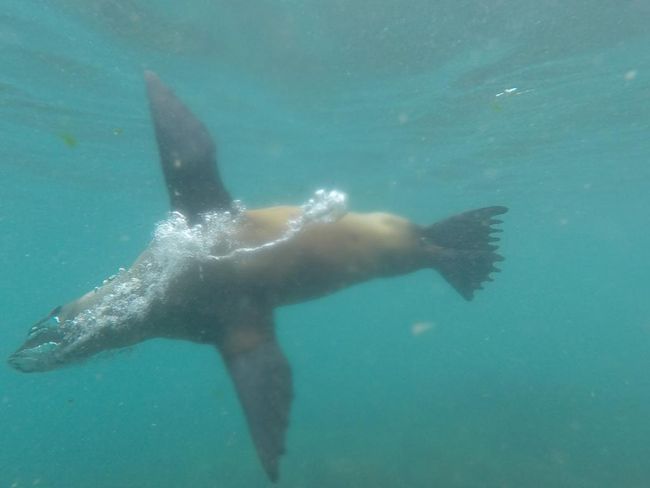
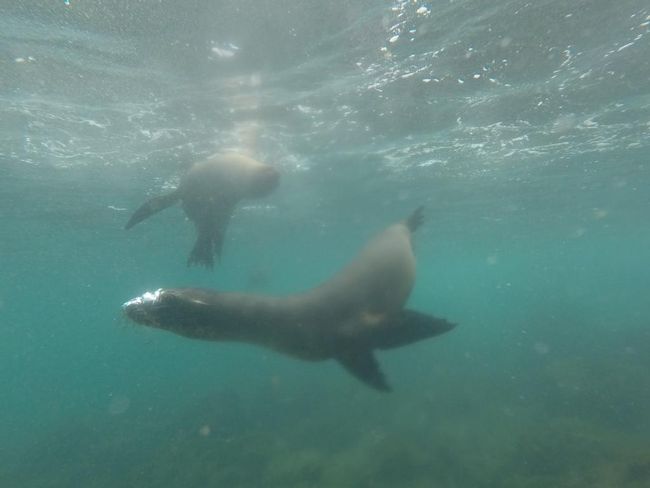
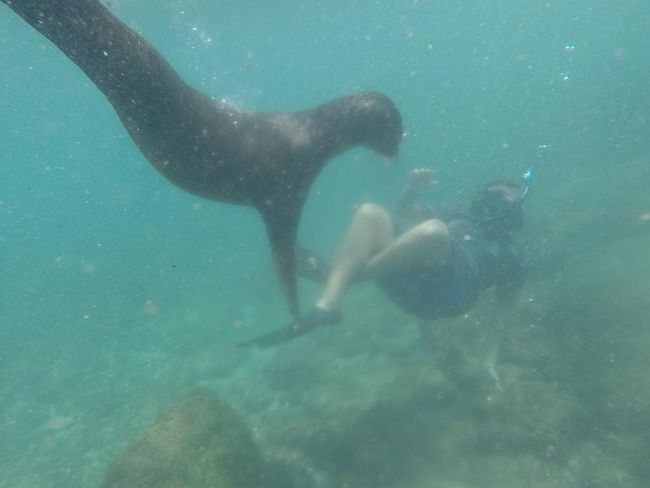
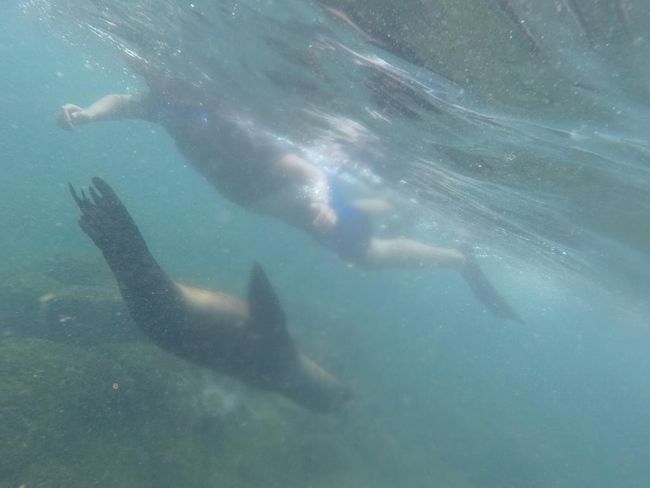
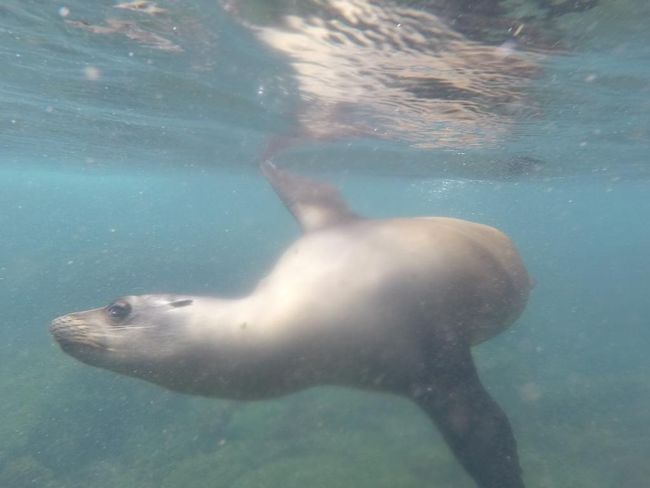
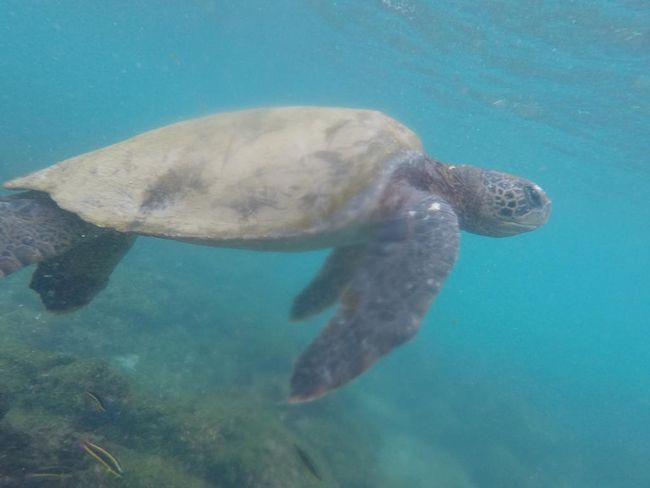
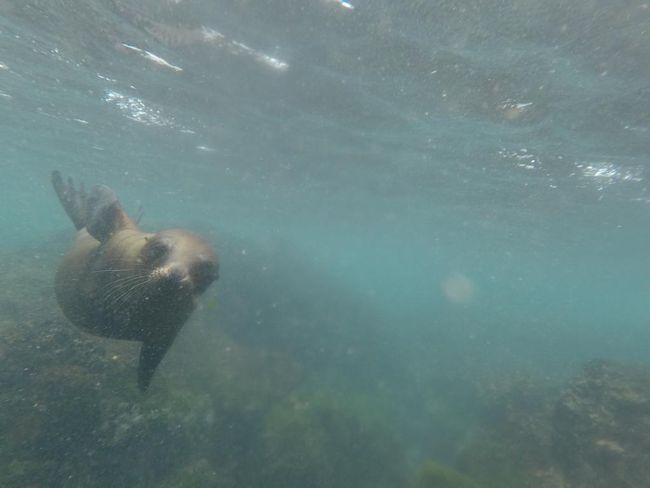
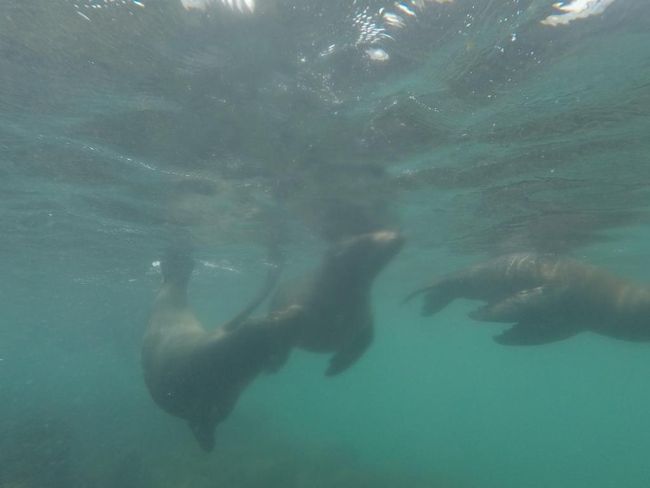
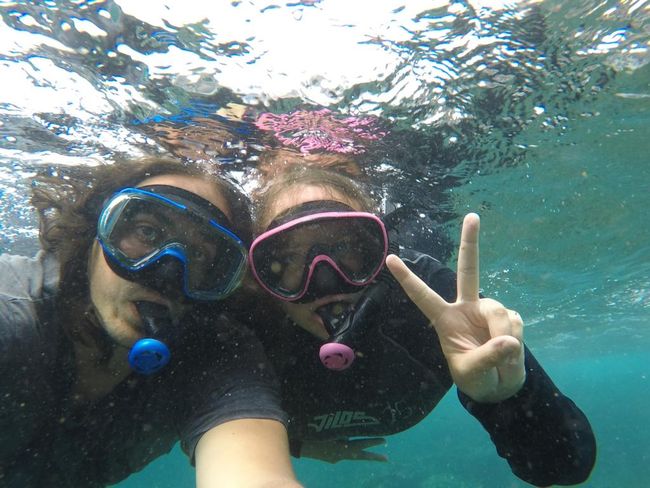
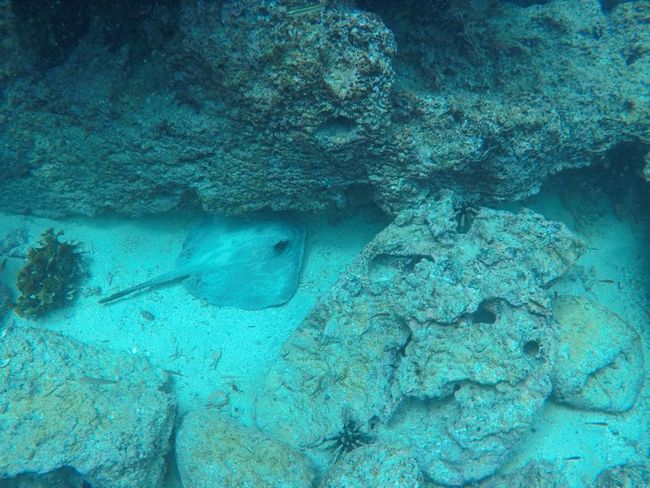
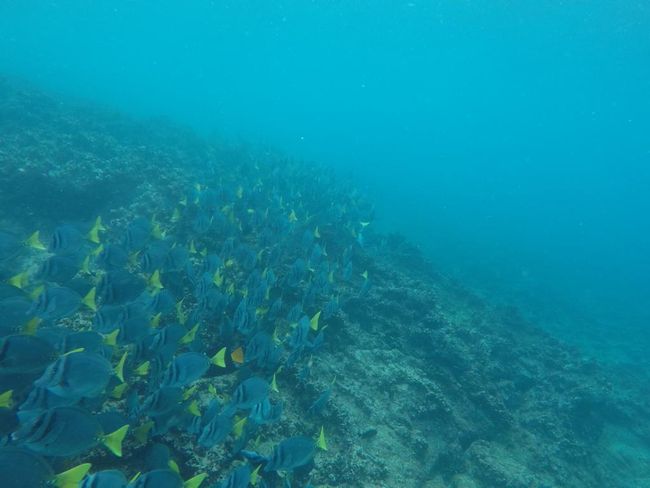
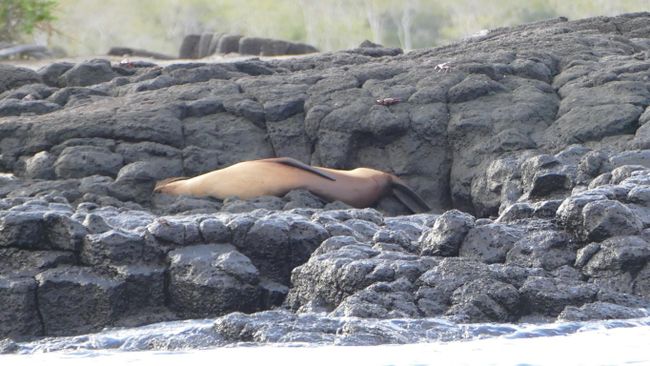
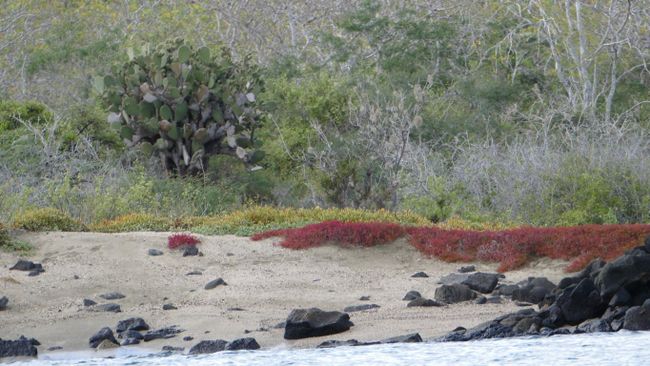
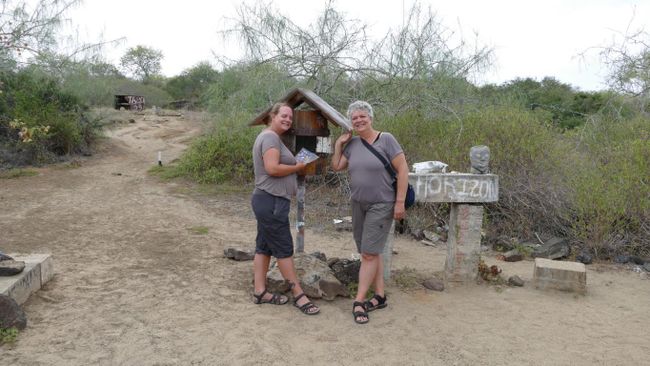
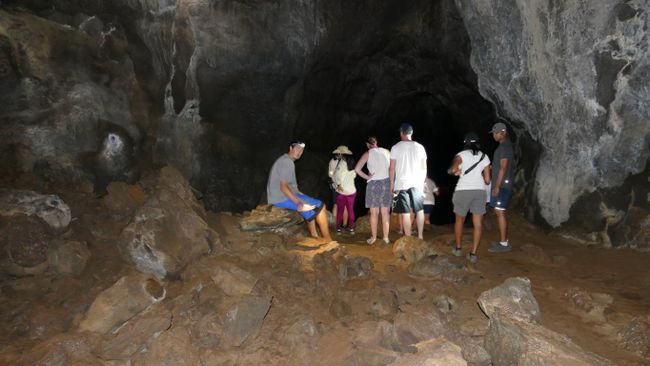
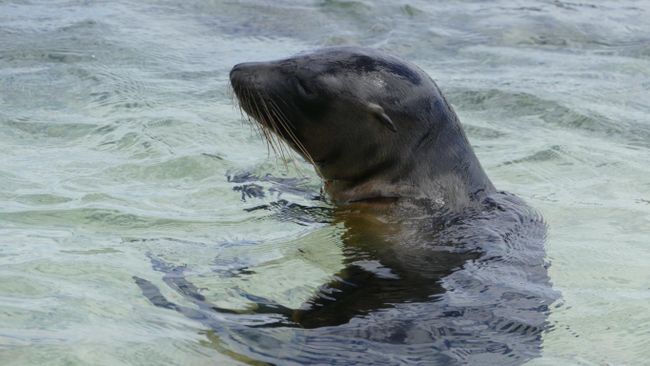
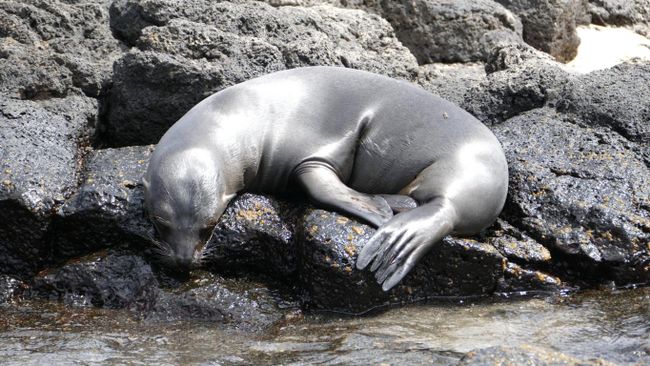
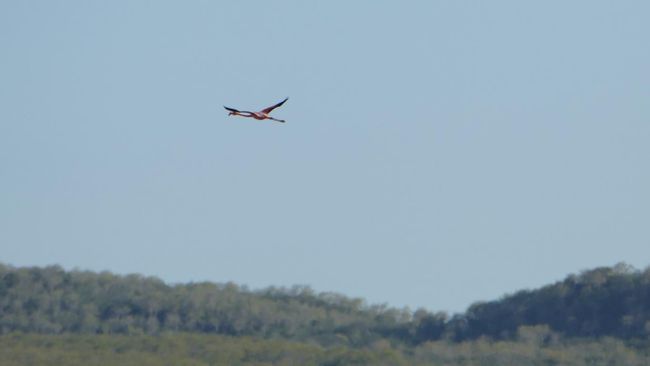
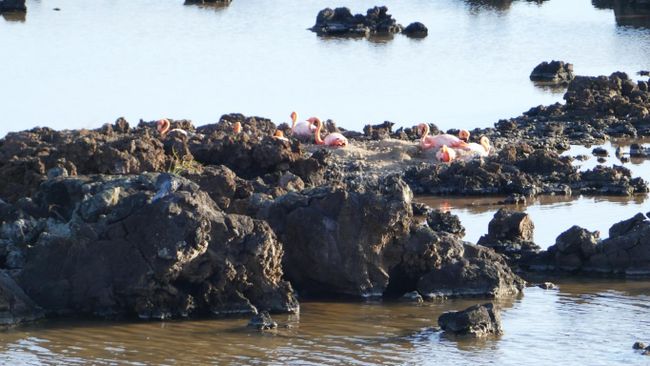
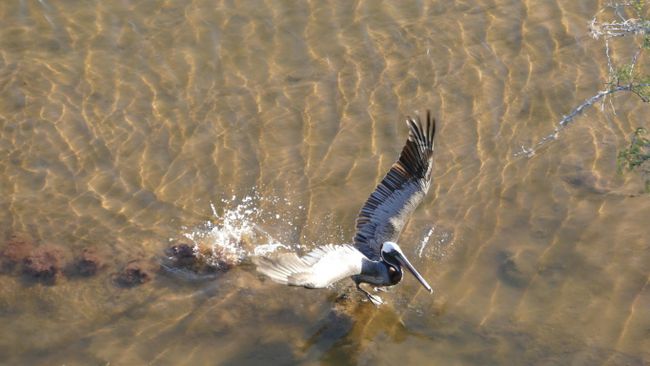
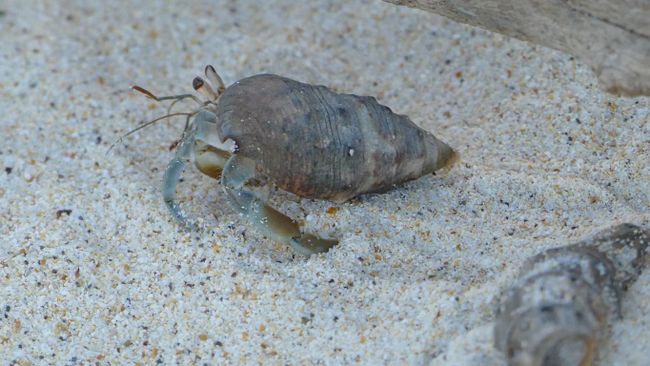
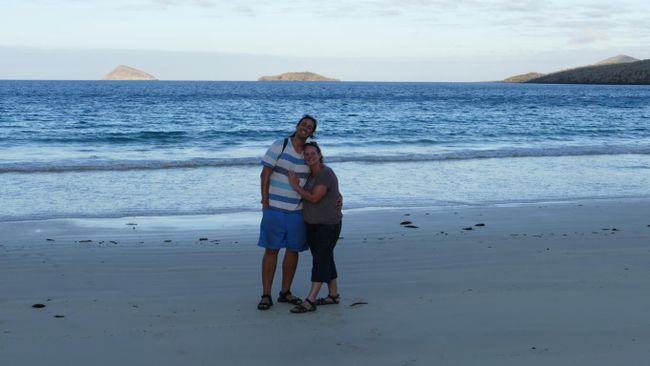
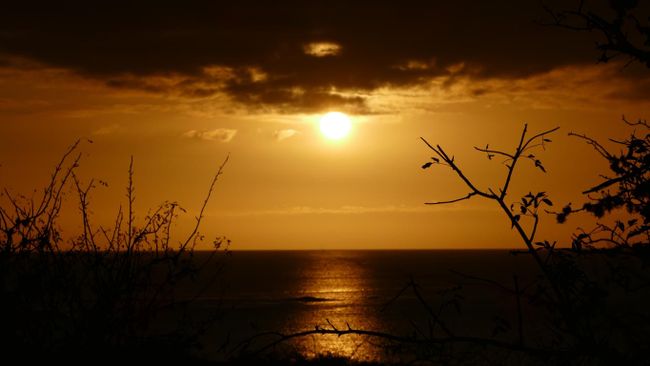
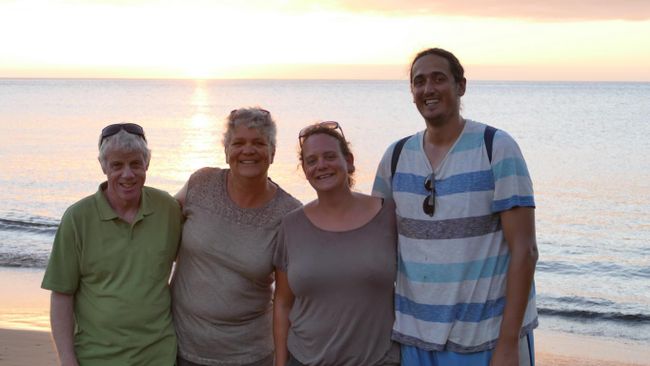
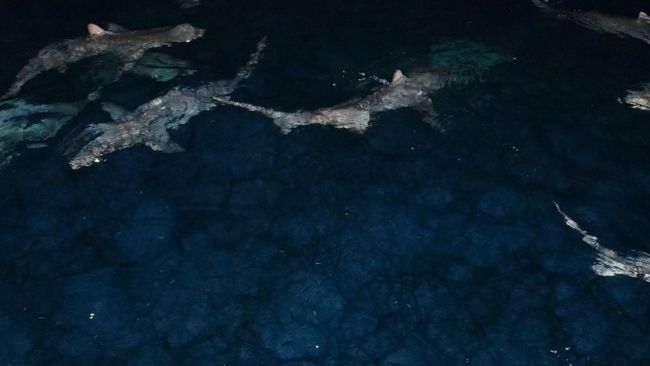
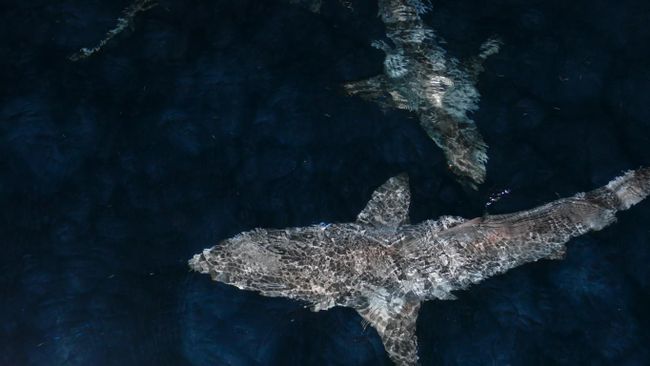
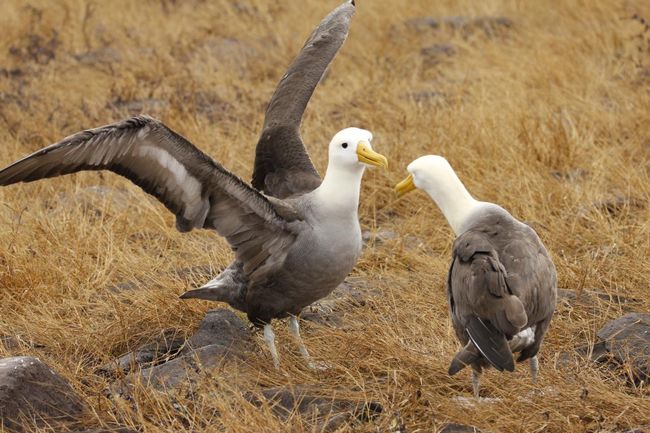
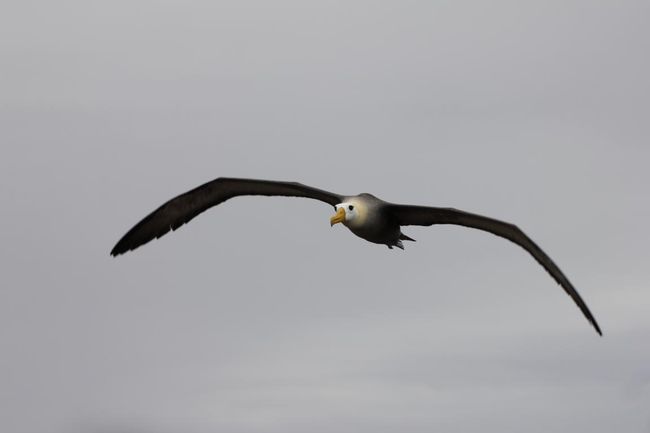
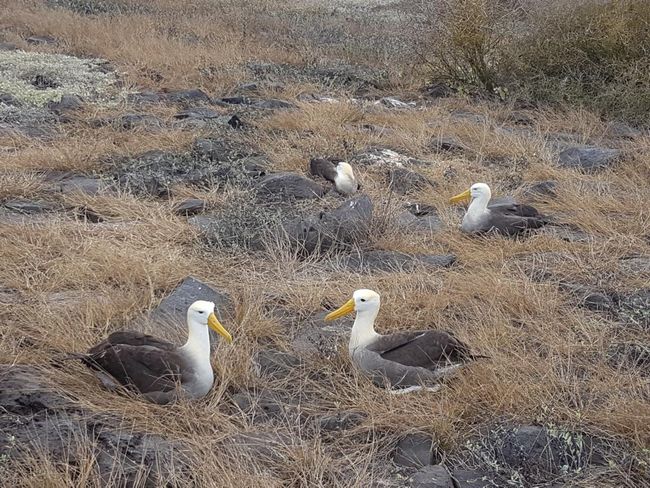
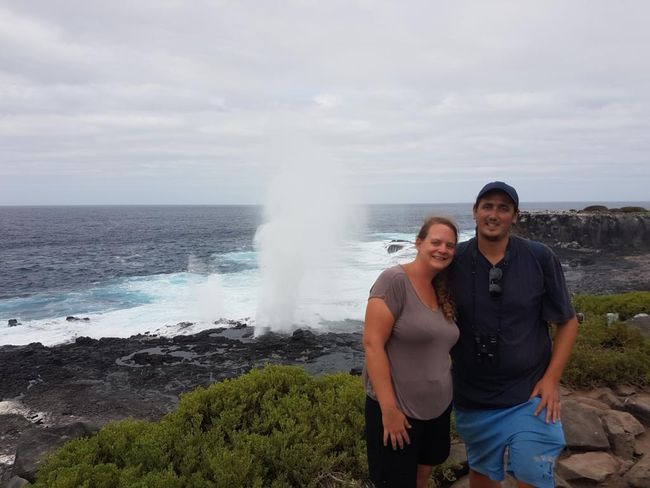
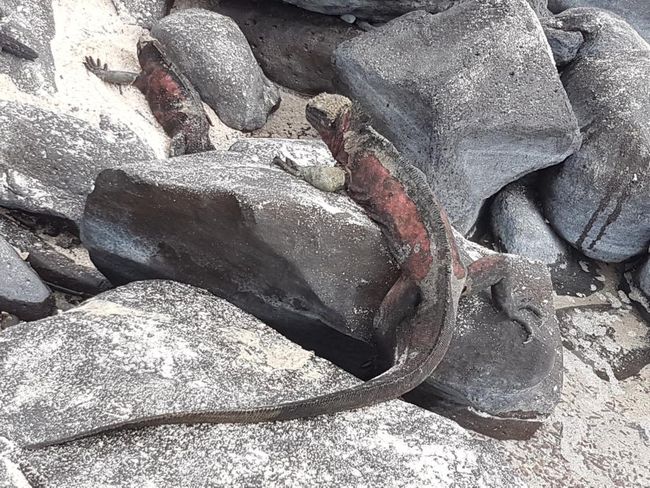
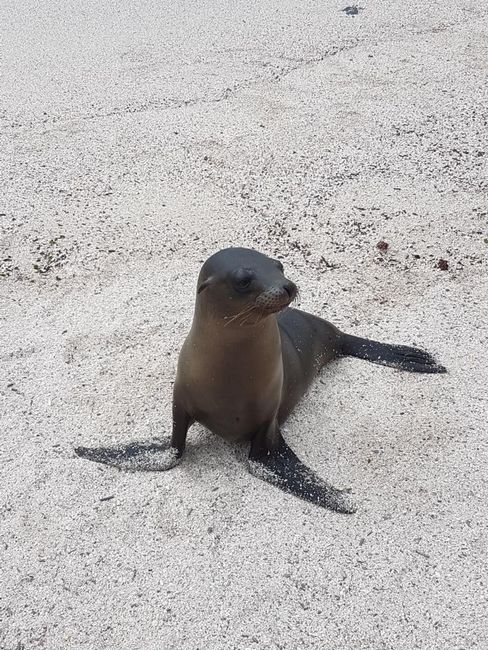
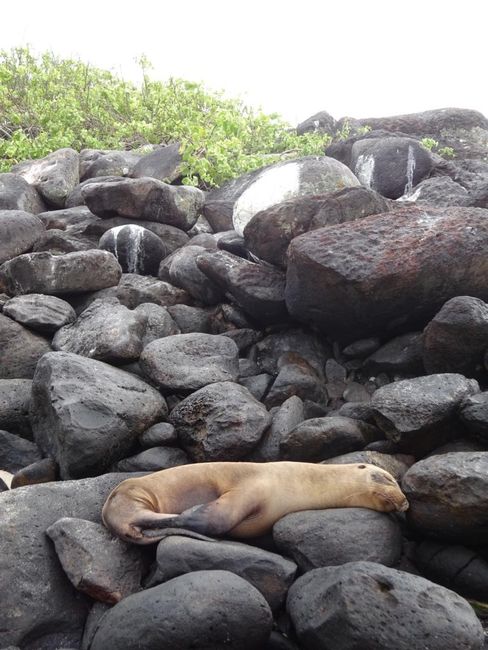
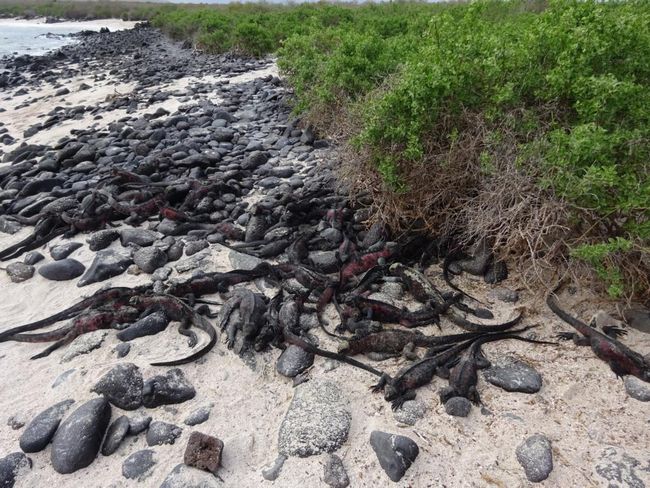
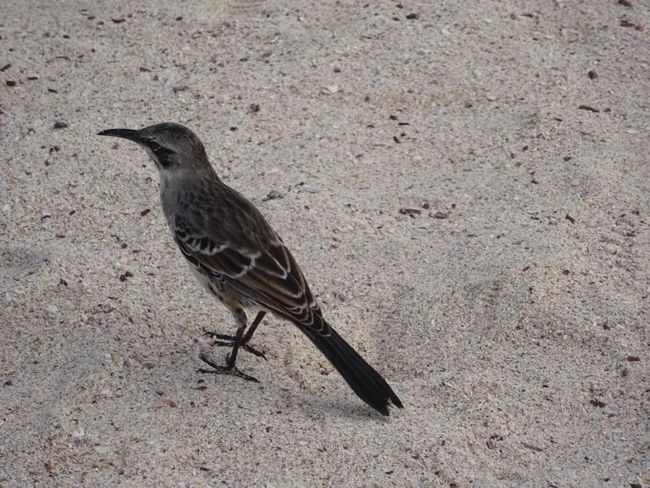
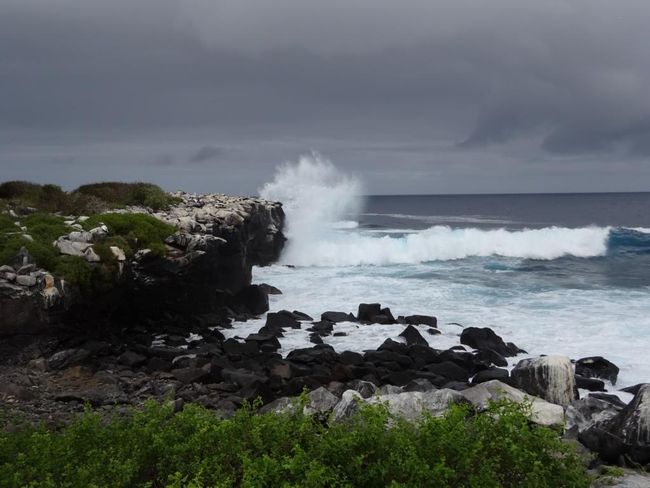
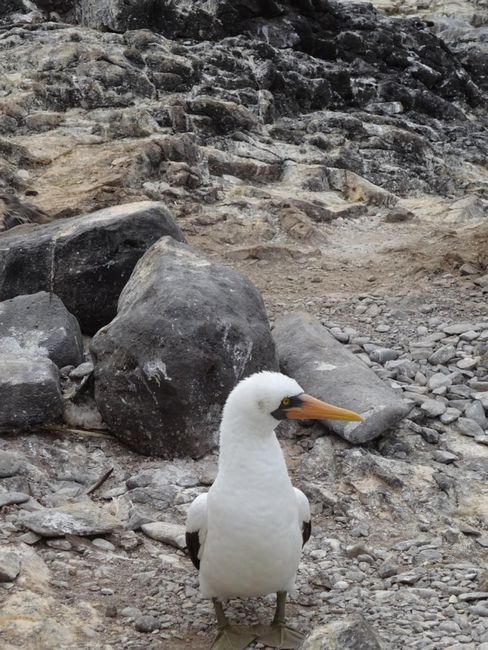
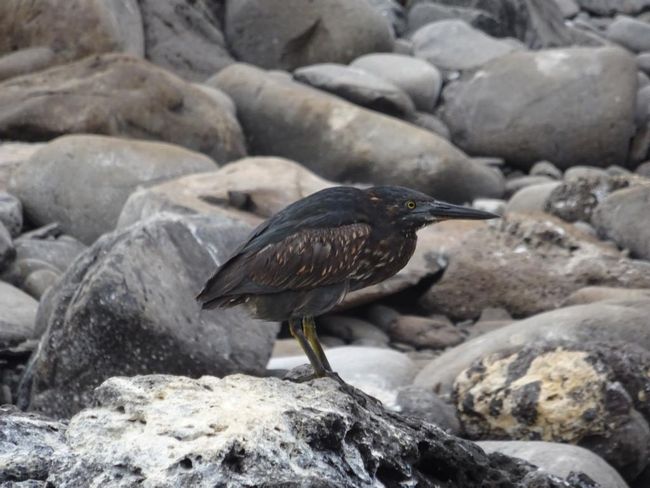
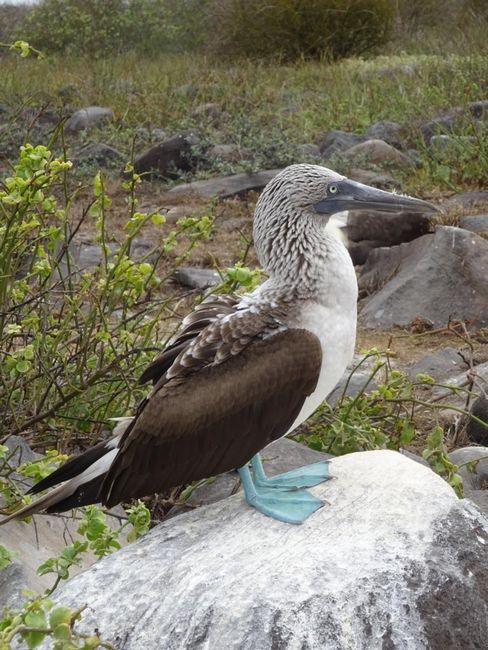
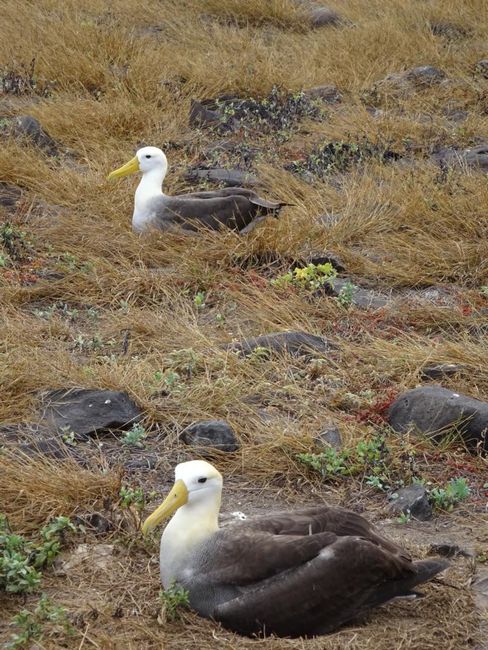
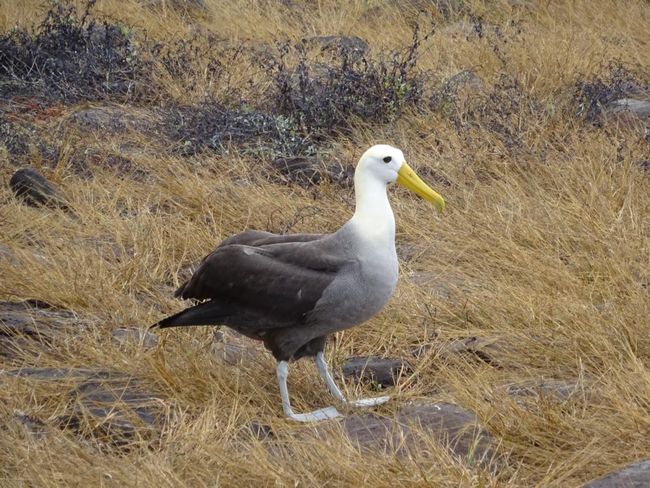
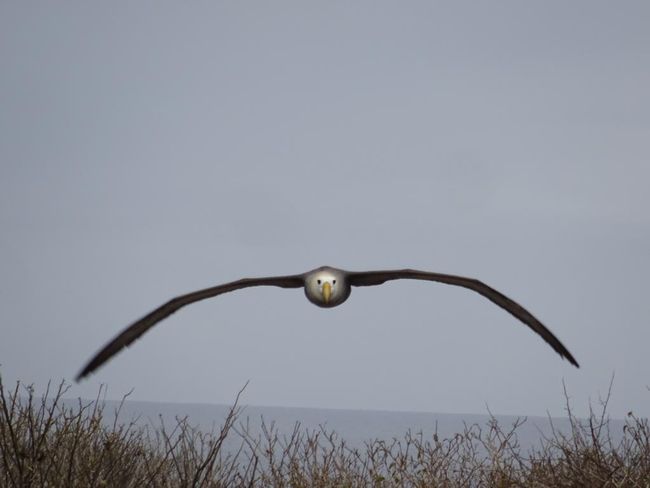
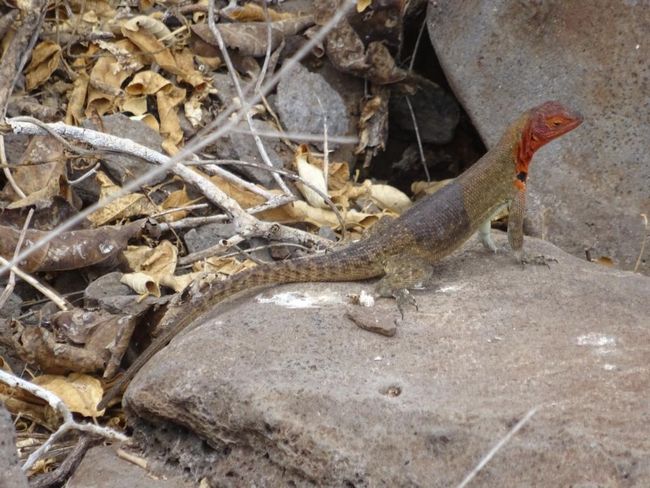
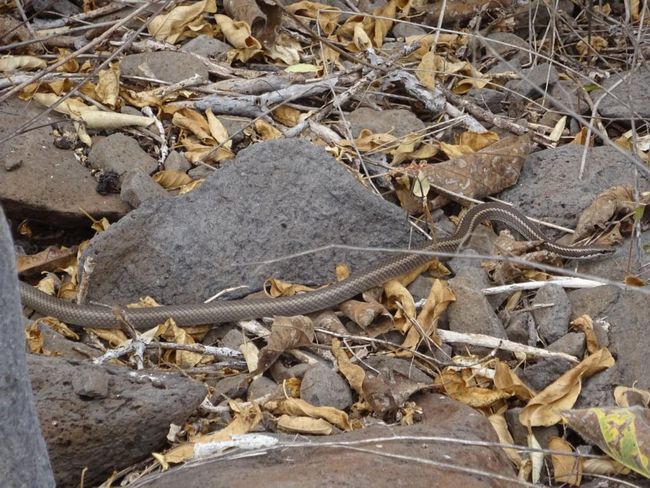
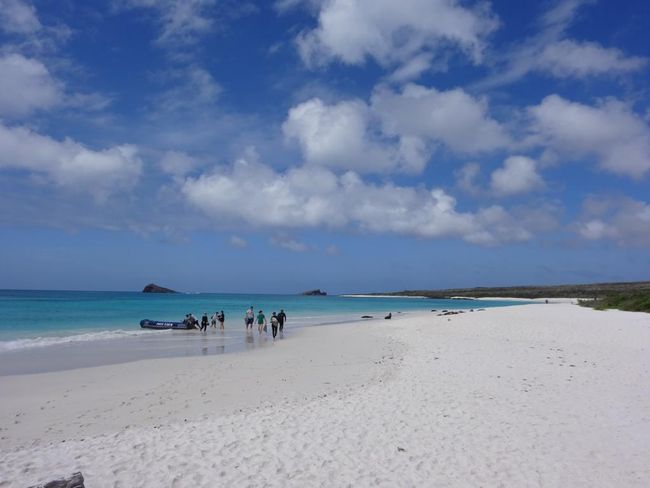
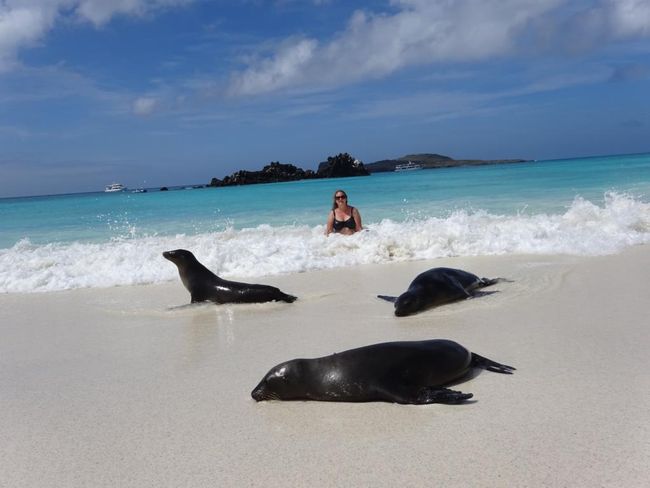
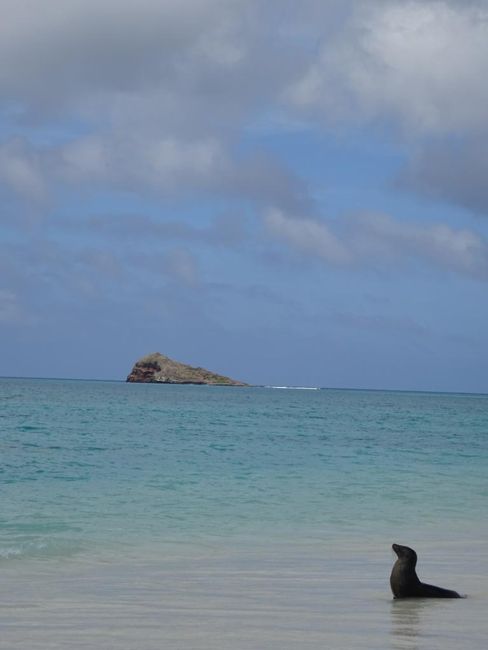
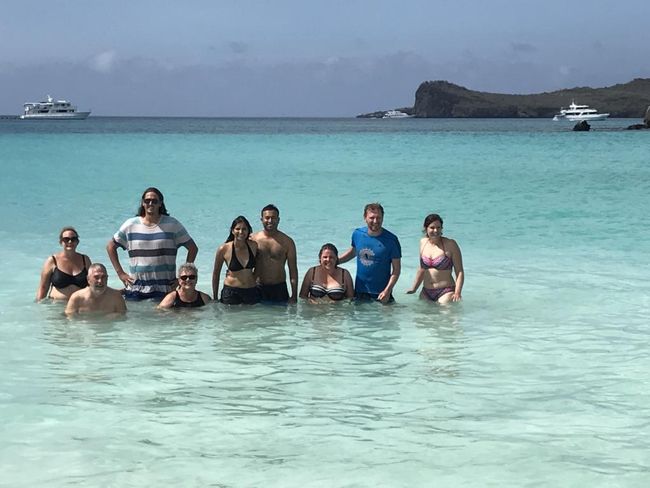
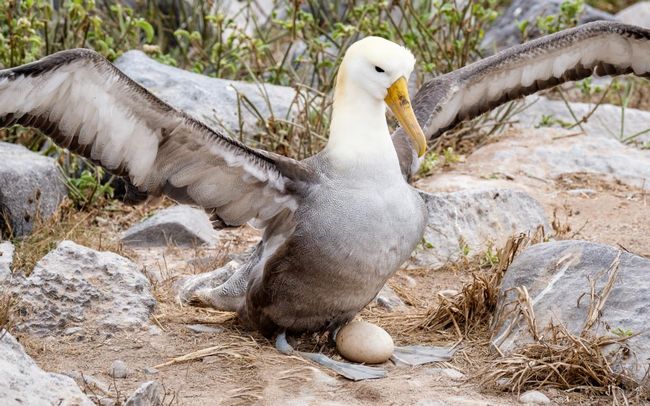
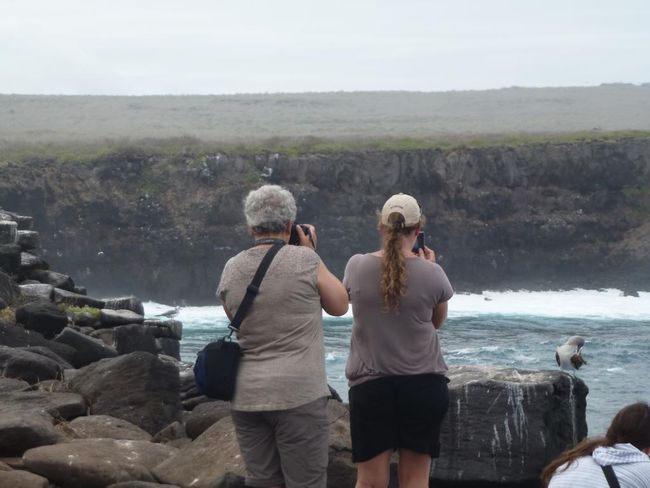
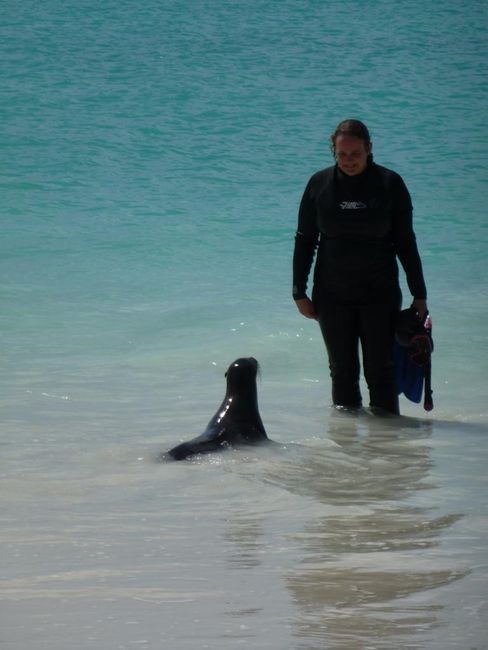
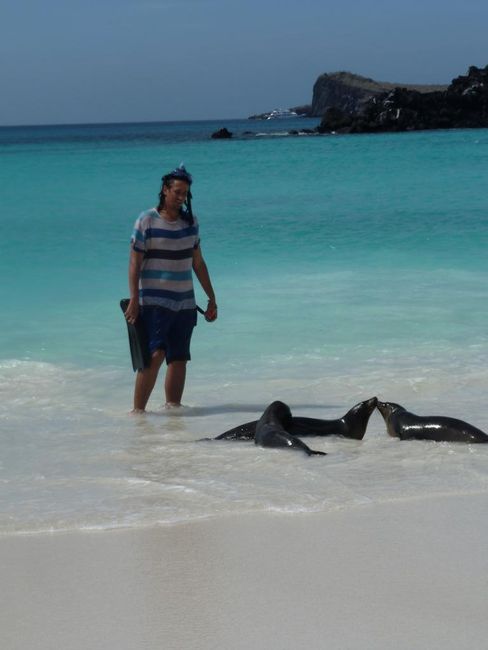
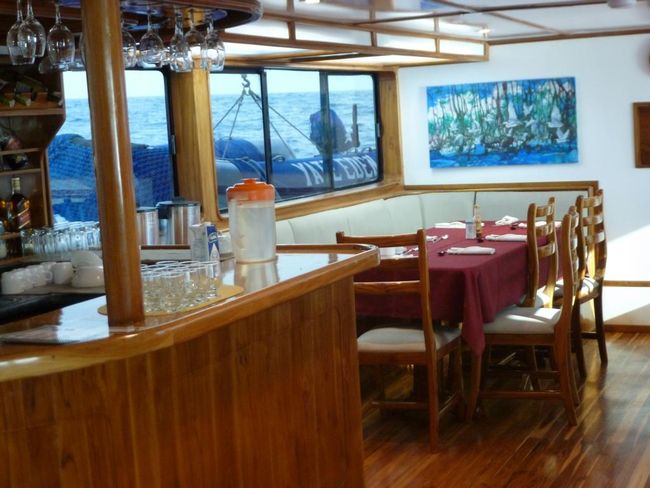
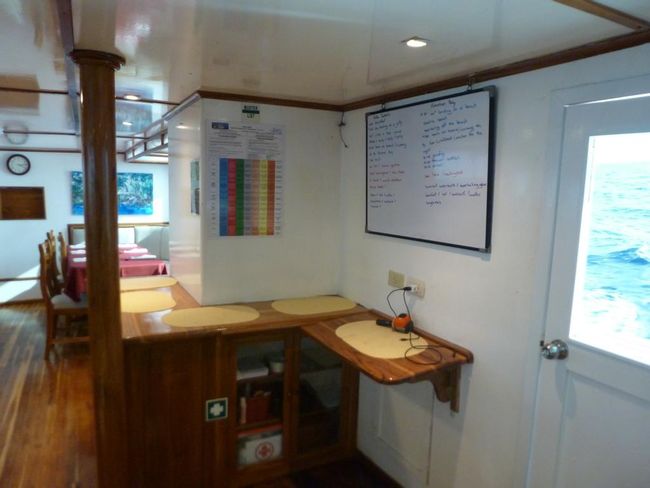
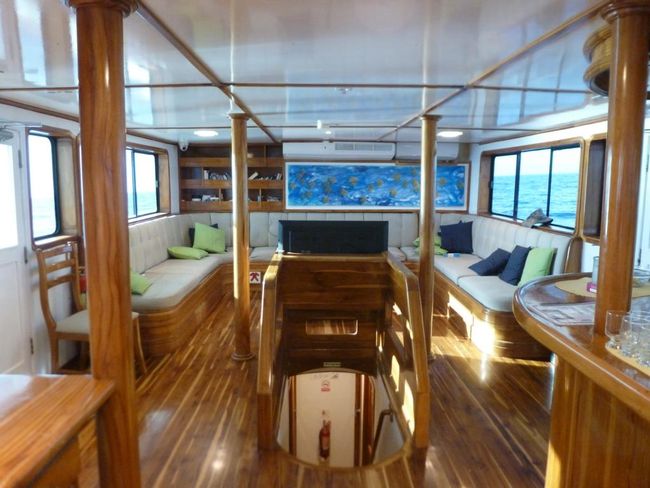
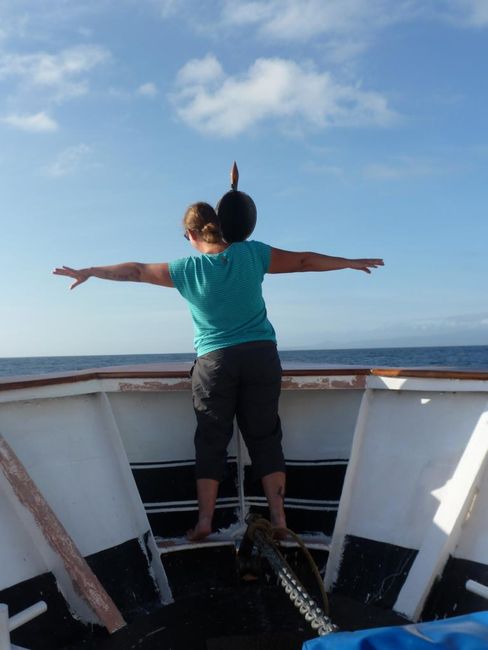
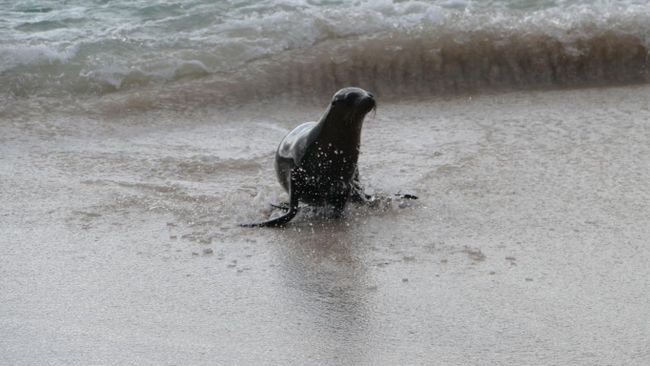
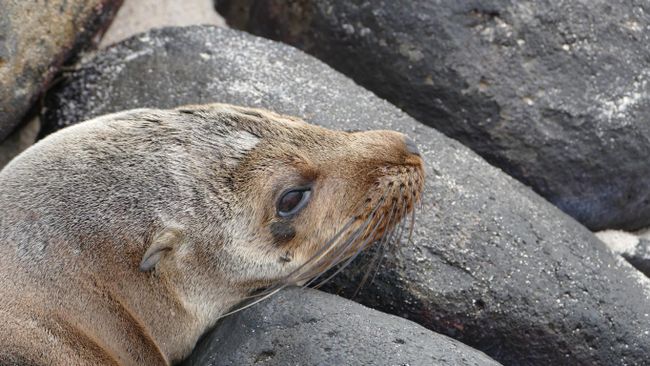
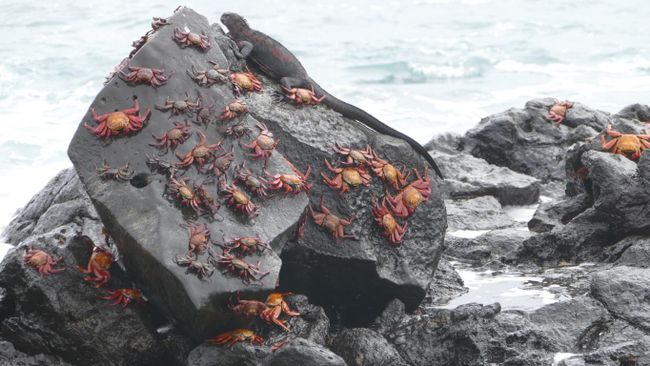
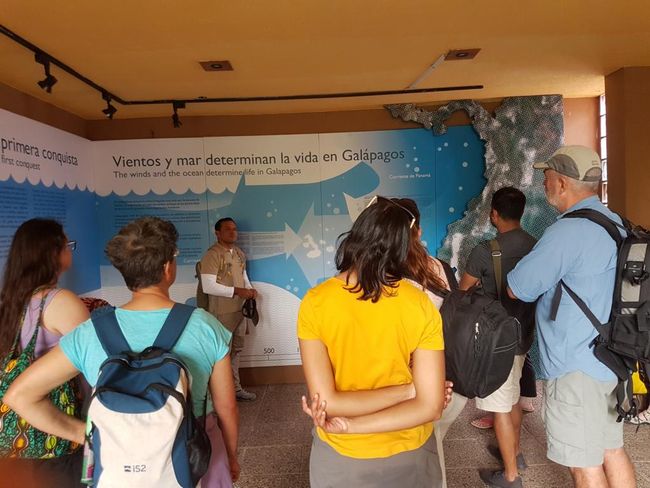
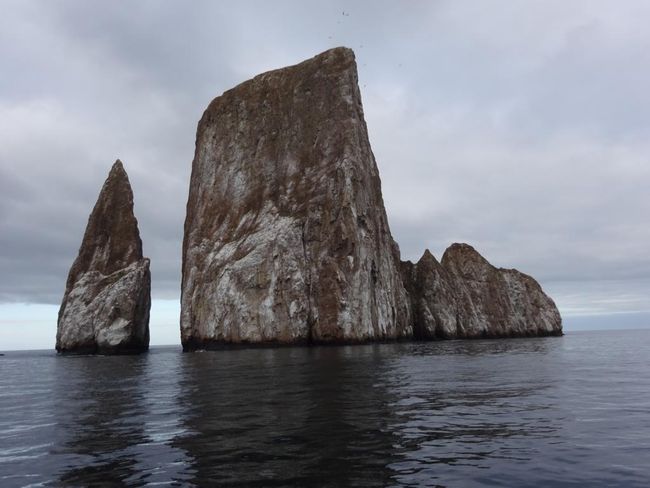
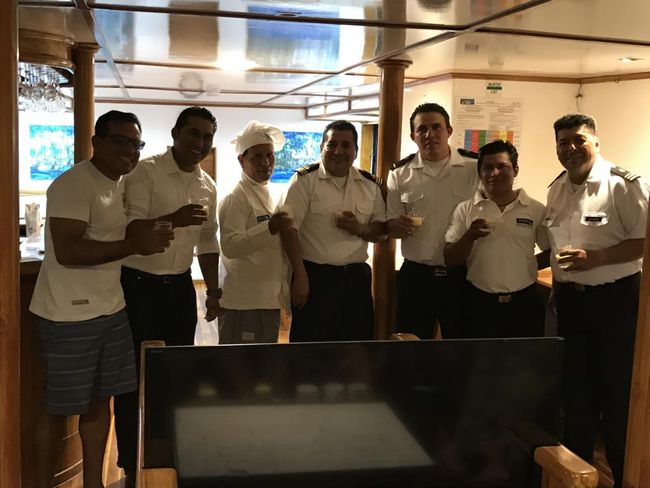
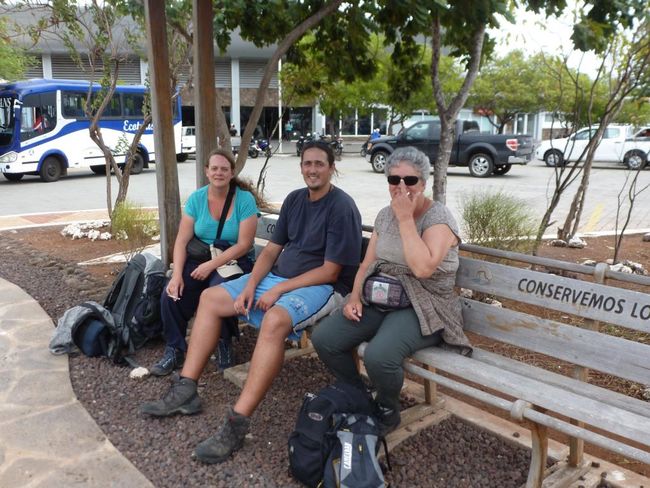
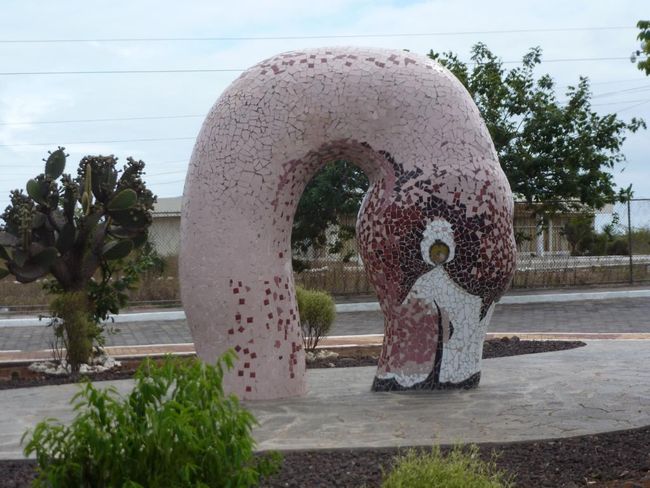
Biyan kuɗi zuwa Newsletter
Day 5: Santa Cruz Island
On the 5th day, we were back in Puerto Ayora. First, we visited the Charles Darwin Station, where the Galapagos giant tortoises are bred. Here, we not only received information about tortoise breeding, but also about other projects carried out on the Galapagos Islands. The tour was very informative because it reminded us of the absurdity of the whole situation. For example, we were told that recently a study had shown that the survival of tortoise populations could be best ensured if the juvenile tortoises stayed in the Darwin Station (with not very generous enclosures) for 20 years before being released into the wild. Really? 20 damn years? Sure, tortoises live long, very long. But 20 years in captivity? Is that appropriate? Poor little creatures!
It is also interesting that the people at the breeding station can determine the gender of the tortoises themselves, namely through the incubation temperature. This allows the precise regulation of how many males and females are produced. And of course, there are precise calculations on how many females there must be in relation to the number of males to ensure sufficient egg production for the conservation of the species. Somehow, I find this frightening.
Another example is the Darwin's finches. These birds are threatened by a parasitic fly that nests in the nests of the birds, lays its eggs in the beaks of the animals, and cripples them and feeds on the blood of the juveniles. How exactly the flies ended up on the islands is apparently not known, but it is assumed that they found their way to the islands from the mainland during a storm. In any case, the Darwin's finches are now threatened with extinction because of these flies. The solution is to steal the eggs of the Darwin's finches, hatch them, and try to resettle the young birds on another island where the flies do not exist. Sounds logical, doesn't it? My question, however, was how the young birds are supposed to be raised exactly, how they are supposed to learn to fly, for example, without their parents. The guide could not give me a plausible explanation for that. We were also told before that birds whose eggs are taken from them automatically start laying new eggs. This increased production is very exhausting for the parents, which reduces their life expectancy. So, the accelerated extinction and the suffering of the parent animals are consciously accepted in order to somehow, somewhere resettle the juveniles.
And all of this is once again typical of humans. First, you go somewhere and cause a lot of damage. At some point, you become aware of the evil and then you start trying to limit the damage, tinkering and playing God. Have you even considered whether the released Darwin's finches could cause new damage at the new location by disrupting the natural balance there? Who knows.
As interesting as all the explanations were, they left me with a strange aftertaste.
Have you ever heard of Lonesome George? The grandpa of the tortoises made headlines a few years ago because unfortunately, he was the last of his kind and unfortunately, he stubbornly refused to mate with all the hot turtle females that were put in front of him. He died in 2012 without producing offspring as desired.
Many people apparently fell into the mistaken belief that he was the last of the Galapagos giant tortoises and that these animals no longer exist here. Wrong! The fact is that each of the many islands of the Galapagos Archipelago has its own species of tortoise. They are all large, they all live very long. They differ mainly in the shape of their shells and other physical characteristics that are not obvious to the lay observer. Lonesome George, anyway, came from the island of Pinta, and it is sadly true that the species of the Pinta giant tortoises no longer exists. But at least there is a small consolation: Lonesome George has been preserved and stuffed and is displayed in an air-conditioned room behind glass for visitors. They just don't leave the poor little guy alone.
After visiting the Charles Darwin Station, we had a few hours of free time to explore the city of Puerto Ayora. For us, it was a bit boring because we had already been here on our own before. But well, we used the time to do some shopping and buy some souvenirs.
After lunch on board, we returned once again to Puerto Ayora, where we boarded a bus that would take us to the highlands of Santa Cruz Island. On the way, we passed some smaller settlements and villages, and we were a little surprised by the large areas of agricultural land on the island. We also encountered cows, dogs, and other farm animals along the way. We had not expected this, after all, we were in one of the largest and best-protected nature reserves in the world, right? Even the sheer size of the city of Puerto Ayora seems strange here, as 15,000 people alone live in this city.
The Galapagos Islands have been inhabited since the 19th century. There are 4 inhabited islands, namely Isabela, Santa Cruz, Floreana, and San Cristobal, with San Cristobal being home to the capital of Galapagos. Tourism has been established here since around 1970 and has been constantly increasing ever since. Santa Cruz Island has experienced the most growth, mainly because of the airport on Baltra, which was originally built as a US military base during World War II.
However, the famous rules and regulations of the Galapagos National Park for the protection of flora and fauna by restricting the import of various goods (the red, yellow, and green lists we have already talked about) have only existed since 1998. Before that, there were no restrictions, and people settled here and cultivated land just like everywhere else. Since 1998, it has not been allowed to introduce new plants and animals to the islands. Only species that already exist here are allowed to be cultivated. Everything else must be imported, for example, fruits can only be imported in the form of processed pulp. Dogs, for example, are still allowed to be kept as pets, but they must be sterilized.
When I asked the guide how electricity is produced on the islands, he reluctantly admitted that the vast majority of energy needs are still met by diesel generators. But efforts are being made to switch to alternative energies. In fact, we had seen some wind turbines near Baltra Airport.
The residents of the Galapagos Islands have a special ID. If the residents violate the laws for the protection of animals, for example, by running over and killing a tortoise with a car, they can expect that their ID will be confiscated and they will be expelled from the islands. Mainland Ecuadorians are not allowed to settle on the islands without further ado, and if they do, it is only for a maximum of 5 years, for example, to work as a taxi driver, after which they must return to the mainland. The only way to obtain a Galapagos ID is to marry a resident of the islands. And this is even necessary to prevent incestuous tendencies. As we have already seen, there are only 3 surnames on the island of Isabela.
Unfortunately, corruption, which is widespread throughout Latin America, also causes some problems here. For example, there are former Ecuadorian presidents who own hotels in places on the islands where there should not be any hotels. And our traveling friend Magdalena told us about a relative who used to work in the Galapagos National Park and had to leave the country quickly when he learned things he shouldn't have.
Upon arrival in the highlands, we went on a short hike to encounter giant tortoises in the wild. And indeed, we saw the first ones as soon as we got off the bus. Along the way, we encountered many more tortoises that patiently let us take pictures of them, always maintaining the required minimum distance of 2m. In fact, our guide Luis had threatened at the beginning of the cruise that people who did not comply with the distance requirement would have to stay on the ship for the rest of the week and would not be allowed to go on any land excursions. This threat definitely had an effect on everyone.
In the evening, after dinner, there was an opportunity to go to the city for 1-2 hours, and members of the crew also took the opportunity to visit their families. Although we didn't necessarily have a strong desire for nightlife, we also crossed over to the island, mainly to escape the strong and extremely unpleasant waves in the harbor for a while. These waves hit the ship from the side, and that was really the worst part. So, Jörg and I, along with Magdalena, took the inflatable boats to Puerto Ayora to enjoy a cocktail at one of the bars.
Day 6: Floreana Island
Actually, the planned program on Floreana Island was not particularly exciting. And yet, this day would turn out to be one of the absolute highlights of the entire cruise.
In the morning, we first visited Post Office Bay. At this place, there is an old barrel that has served as the Galapagos post office for a long time. Sailors passing by this place could leave letters and messages in this barrel. The next sailor who passed by and sailed in the right direction would take these letters and deliver them to the recipient.
This tradition is still followed today, but of course, as a pure tourist gimmick. So, one should take an unfranked postcard to Floreana Island and address it to oneself or someone else. Then the postcard is left in the barrel, and it is hoped that soon another tourist from one's own country will come by, take the card, and personally deliver it to the recipient back home. Of course, we also left such a postcard. As far as we know, it has not yet arrived at its destination.
After the stop at the "post office," we visited a small cave. However, this was absolutely unspectacular, and we could have saved ourselves the slippery descent.
Floreana is one of the inhabited islands of the Galapagos. However, the place is tiny, with only about 400 people living here. Apparently, there is a local saying that you should not move to Floreana without your wife, otherwise, you will quickly get very bored. From 1929 onwards, the island was settled by Germans. This is a curious story full of intrigues, murder, and manslaughter, known as the "Galapagos Affair of 1934."
After the land visit, we were able to snorkel from the beach. And here came the absolute highlight. This beach is home to a sea lion colony, and the animals were in the mood for swimming and playing. We swam and snorkelled with the sea lions for about 2 hours, it was absolutely fantastic. They came so close to us that we could almost touch them (and of course, we had no chance to keep the 2m rule). They shot towards us like an arrow, and it was only when their snout was only about 3cm away from our nose that they dove off to the side. They passed us, left, right, let themselves drift on their backs, and then suddenly disappeared again. It was a lot of fun. The guide had to almost force us out of the water, I could have continued swimming there for hours. Incredibly moving, such an experience in the wild. I will definitely carry this encounter in my heart forever.
But not only sea lions, but also some sea turtles were in this area and could also be observed from up close. Manuela even had the dubious pleasure of sitting on one when it surfaced without noticing the intruder above it.
In the afternoon, we first snorkelled in deep water from the panga. Then we landed at Punta Cormorant, and this was probably the most boring landing of all. We went to a brackish lagoon, which serves as a breeding ground for flamingos. There were also some animals there, but they were so far away from our viewpoint that we could hardly see them. There wasn't much else to see there, and Luis's explanations about the rocks were quite boring.
The highlight of the rest of the day happened in the evening just before dinner when someone called out, "come and see the sharks!" And indeed, behind the "Eden" in the light of the stern lantern, hundreds of sharks were swimming in the water, near the surface. And when I say hundreds, I mean hundreds. It was a bit eerie and incredibly cool! The sharks were hunting flying fish. The fish were attracted by the light of the ship, flew over the water, collided with the ship, and fell back into the sea. As soon as they fell back into the water, the sharks snapped and grabbed their prey. It felt like being in a horror movie, only the typical shark music was missing in the background. There was even a sea lion swimming among the sharks. This was truly an absolute wow experience, and we could hardly tear ourselves away when Byron rang the bell to announce that dinner was ready.
Immediately after dinner, Madeleine, Jörg, and I sat down again at the stern of the ship (where the smoking area happened to be as well) and watched the sharks until the engines were started and the Eden set sail for Española.
Day 7: Española Island
Actually, the visit to Española Island was the main reason why we chose the North/South route instead of the East/West route when choosing the cruise. This island is home to the Galapagos albatrosses as an endemic species. These birds can be found nowhere else in the world and are exclusively found on this island within the Galapagos Archipelago.
And from my point of view, it was absolutely worth it because the birds are really funny, and it was a lot of fun to observe them and try to capture the best photo of the birds circling above us.
There was also a blowhole at Punta Suarez next to the island, and the couples had fun trying to catch the right moment to take a picture with the water spout.
We were so busy with the albatrosses that we eventually left way too late for the boat. In the meantime, the tide had come in, and our landing site was now flooded. The planned "dry landing" had turned into not only a "wet landing," but it was also no longer possible to board the inflatable boats at the intended location. The crew quickly found an alternative, and with extreme skill, they managed to pick us all up on a rocky cliff and bring us back to the Eden through the high waves.
In the afternoon, we went to a beautiful white sandy beach called Gardner Bay. There, we could either snorkel around a rock in the sea, although there was not much to see there other than sand due to the quite strong currents. Or we could take a walk on the beach or simply relax and watch the sea lion colony, which was also lazing around.
This was the last evening of the cruise, and there was a Farewell Cocktail for everyone, and the best photos and contact details were exchanged in the group.
However, the mood was slightly dampened during the final briefing. It must be said that it is customary on Galapagos cruises to give the guide and crew a good tip at the end of the week. That's all well and good, we knew that, and we already had a rough idea of how much tip we wanted to give. However, during the briefing, it was officially announced and even noted on the whiteboard how much tip the crew and guide expected. And that left most people in the group quite speechless. It was about three times what we had thought. We found that quite cheeky, especially since the cruise was already quite expensive.
In the case of the crew, one can still argue that there were at least 6 people who divided the money among themselves. But the guide would actually have received twice the average monthly income in Ecuador in one week, in addition to his regular salary and tax-free. It should also be noted that we were not very satisfied with the guide for various reasons, as we felt that he was acting unprofessionally at times.
In any case, we ended up not paying as much as demanded, and we were not the only ones. As I said, the guide wasn't very good anyway. The whole crew did a really good job and certainly deserved a tip. But this very explicit demand left us with a slightly bitter aftertaste at the end of what was actually a great cruise, where we felt very comfortable.
Day 8: San Cristobal Island
The next morning, we had to get up early again. At 6 a.m., the last snorkeling tour started, in which we would swim along Kicker Rock, a large rock near San Cristobal Island.
About half of the group had already cancelled the evening before, preferring to sleep in and let their swimwear dry. Among them were Manuela and Othmar. Jörg and I, however, were determined to participate in the tour. When the alarm clock rang at half past five in the morning, we were no longer quite so determined. Jörg and I lay in bed for 20 minutes, considering whether we really wanted to get up now to jump into the cold water, or whether we should just doze for another hour until breakfast. No, we would go for it! And so, we finally got up, put on our swimwear, grabbed our goggles, and jumped into the inflatable boat that took us to Kicker Rock.
Actually, the water was really cold when we jumped in. Refreshing! At first, there wasn't much to see because the water was incredibly deep. Just a few meters away from the rock, you could no longer see anything but endless blue depth. And yet, you had to be very careful not to get too close to the rocks, not to be slammed against the wall by the waves. For me, just the somewhat frightening sight of the almost vertical cliff, which seemed to lead infinitely deep into the sea, was incredibly fascinating. And suddenly they were all there: the farewell committee. First, we spotted 2 sharks beneath us, swimming slowly along the rock and then out into the open sea. Then, 2 sea turtles emerged from the darkness. And as if that wasn't good enough, I suddenly got a fright when something zipped past me. It took a moment for me to realize that it was a sea lion that had come to say goodbye to us. I saw it first because I was swimming at the back of the group, and for a brief moment, I enjoyed the moment alone with it before I drew the others' attention to the visit. He swam with us for a while until the guide finally whistled us out of the water. It was time to say goodbye.
At breakfast, the other group members also woke up (ahem... wimps 😊) who had skipped the early morning swim and proudly told them about our encounter.
We had already docked at the port of Puerto Baquerizo Moreno on San Cristobal in the evening before, and after breakfast, we were taken ashore with the inflatable boats. There, we were driven to the Centro de Interpretacion in a bus, a museum that provides information on many historical, ecological, and social aspects of the islands. It would have been really interesting to read up on everything again in detail, but unfortunately, we didn't have enough time for that. We had to make our way to the airport soon to catch our flights to Ecuador.
Galapagos... it's a dream for many to visit this remote corner of the world. And unfortunately, it remains just a dream for many. How often have we heard: oh, I would love to go there too? And we can only answer: Do it!
Sure, it's an expensive pleasure, that can't be denied, especially if you value a certain level of luxury (which we don't). But even people who otherwise prefer the 4-star category and higher, we can only advise: lower your expectations to an affordable level and definitely visit the Galapagos Islands.
It is truly a unique place in this world, and unique encounters await you with animals that have never learned to fear or flee from humans.
And you should do it while you still can because the number of visitors is being increasingly limited. This is actually a good thing to preserve this unique environment, but on the other hand, I would also wish that everyone could have this experience.
You don't necessarily have to book a cruise; you can also explore the inhabited islands on your own and visit many of the neighboring uninhabited islets on day trips.
It will always remain a point of disagreement between me and Jörg whether the cruise was really worth it. From Jörg's point of view, we could have done without the cruise in retrospect. In fact, we had already seen a large part of the animals during our independent stay on Isabela Island. But not all of them. For me, it was also the experience of reaching the far-flung islets, where no one lives and where there are unique landscapes to see, that made the cruise so worthwhile.
Anyway, I have fallen in love with this place and hope that it can be preserved for future generations for a long time. As rudimentary as some of the rules and regulations for the protection of the islands may seem, and as amateurish as they are sometimes implemented, it is still much better than doing nothing.
Appendix: List of observed animals
Soft Shell Crab
Marine Iguana
Mocking Bird
Flamingo
Lava Harron Bird
Red Footed Booby
Nasca Booby
Blue Footed Booby
Galapagos Sea Gull
Frigatebird
Sea lions
Short-eared Owl
Spotted Eagle Ray
Sting Ray
Sea Turtle
Galapagos Shark
White-Tipped Reef Shark
Golden Cowray
Reef Cornetfish
Blue-Chin Parrotfish
Moorish Idol
Kings Angelfish
Lava Lizard
Yellow Warbler
Galapagos Hawk
Galapagos Albatross
Yellow Iguana
Warbler Finch
Galapagos Palm
Galapagos Tortoise
Octopus
Starfish
Galapagos Penguin
Lava Lizard
Brown Pelican
Biyan kuɗi zuwa Newsletter
Amsa
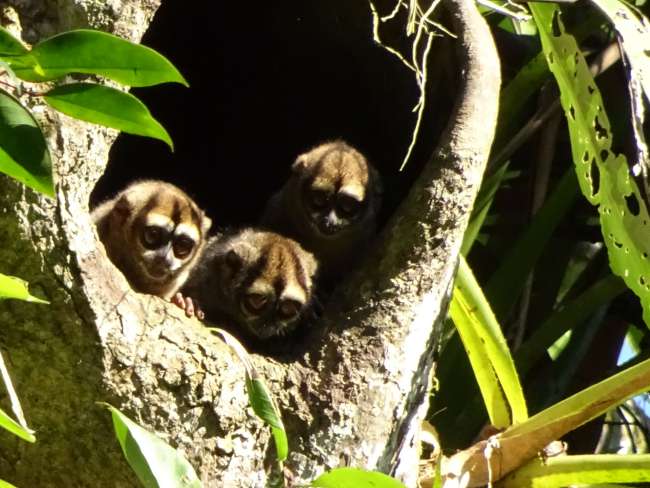
Rahoton balaguro Ecuador

